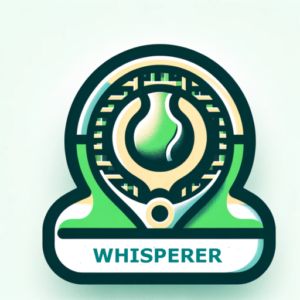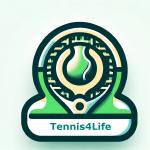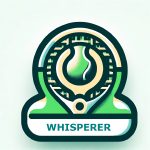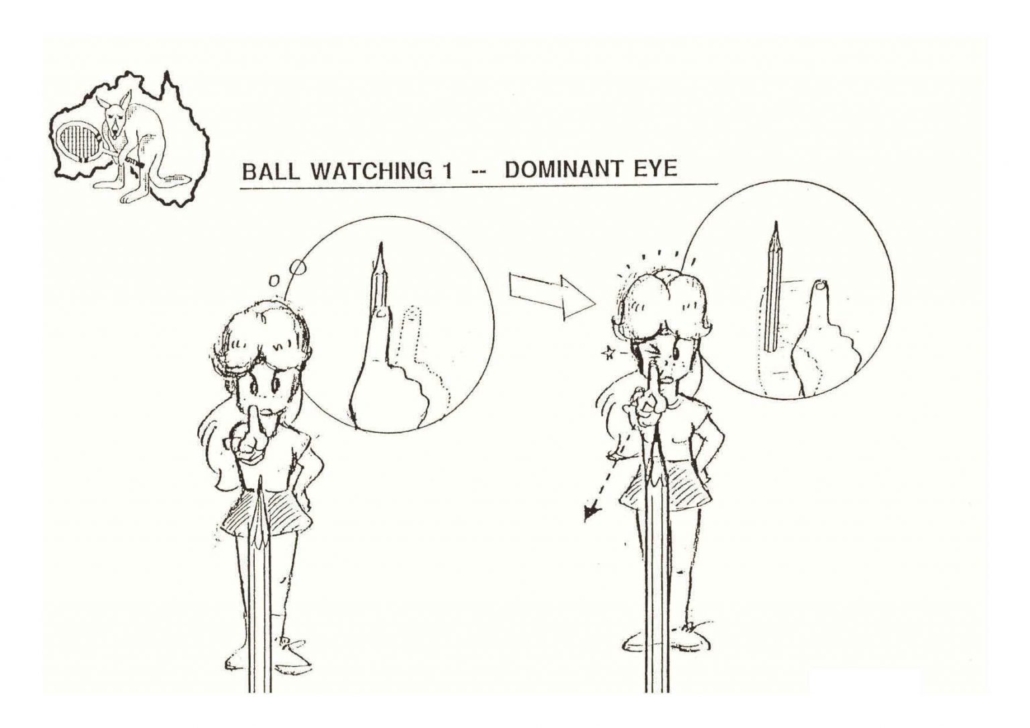How Well Do You Really Move?
How Well Do You Really Move?
At Tennis Whisperer, we coach through three timeless principles: ball watching, balance, and rhythm.
These aren’t buzzwords—they’re the foundation of high-performance tennis. And at the core of balance and rhythm is one simple, overlooked factor: how you move.
Every crossover step, split-step, and explosive recovery is rooted in movement quality. Misalignments in your footwork or body mechanics? They quietly erode your timing, break your rhythm, and show up as unforced errors under pressure.
That’s why mastering these six fundamental movement patterns isn’t just general fitness—it’s a blueprint for efficient, balanced, and rhythmic tennis.
1. HINGE — Develop Explosive Hip Action
Exercise: Bodyweight Good Morning
Targets: Glutes, hamstrings, core
Duration: 45 seconds
How to do it:
-
Stand with feet hip-width apart
-
Hands behind head, chest open
-
Push hips back, slightly bend knees, and maintain a flat spine
-
Lower torso nearly parallel to the ground, feel the hamstring stretch
-
Pause, then drive hips forward to stand tall
Match‑Play Impact: Boosts posterior‑chain strength for explosive first‑step acceleration, deep-court coverage, and fast recovery from wide balls
2. SQUAT — Build a Stable Athletic Base
Exercise: Counterbalance Squat
Targets: Quads, glutes, core
Duration: 45 seconds
How to do it:
-
Hold a light weight at shoulder height with arms extended
-
Lower into a squat with upright posture, heels grounded
-
Pause at the bottom
-
Drive through heels to return to standing
Match‑Play Impact: Sharpens balance and control for returns, low defensive stances, net pickups, and directional changes
3. LUNGE — Strengthen Single-Leg Stability
Exercise: Step-Up
Targets: Glutes, quads, calves
Duration: 45 seconds
How to do it:
-
Step onto a stable platform
-
Drive upward through the lead leg
-
Brief hold at the top (3–5 seconds), then lower with control
-
Repeat and switch legs
Match‑Play Impact: Builds unilateral control for split-step landings, lateral transitions, and recovery footwork
4. PUSH — Core‑Powered Upper Body Drive
Exercise: Modified Push-Up
Targets: Chest, triceps, shoulders, core
Duration: 45 seconds
How to do it:
-
Start in a kneeling plank, hands under shoulders
-
Keep body straight from shoulders to knees
-
Lower under control, then push back up smoothly
Match‑Play Impact: Builds upper-body stability for powerful serves, overheads, and aggressive net play—without overloading the spine
5. PULL — Strengthen Your Posture and Control
Exercise: Resistance Band Row
Targets: Lats, rear delts, biceps, core
Duration: 45 seconds
How to do it:
-
Stand on a band, hinge forward slightly
-
Pull band handles toward ribs, squeezing shoulder blades
-
Pause, then release under control
Match‑Play Impact: Improves racquet-arm control, posture under pressure, and strength in long rallies and recoveries
6. ROTATE / ANTI‑ROTATE — Build Core Control Under Load
Exercise: Tall Kneeling Pallof Press
Targets: Obliques, deep core, spine stabilizers
Duration: 45 seconds (each side)
How to do it:
-
Anchor a resistance band at chest height
-
Kneel side-on to the anchor point
-
Hold the band at your chest and press forward, resisting rotation
-
Pause at extension, then return slowly
-
Switch sides
Match‑Play Impact: Sharpens rotational stability for stroke mechanics, controlled torso rotation, and core-powered serves
How to Use This Routine
-
Beginner: 1 set per movement, 45 seconds, 3×/week
-
Advanced: 3–4 sets, progressive overload (tempo, weight, tension)
-
Warm-Up: Run 1 set pre-match or before footwork circuits
Wrap-Up: Movement Fuels Balance and Rhythm
At Tennis Whisperer, we believe ball watching, balance, and rhythm define high-level play.
But rhythm doesn’t happen without timing, and balance doesn’t happen without control—and control begins with how you move.
These six movement patterns aren’t just strength exercises. They’re your framework for court coverage, shot recovery, and repeatable rhythm under fatigue.
When movement becomes automatic, balance becomes effortless—and rhythm flows.
Refine how you move, and the rest of your game will follow.





